|
|
Last Modified on Nov 10, 2025
As of November 1, 2025, major updates to the federal supervised release guidelines will take effect. These changes emphasize individualized, case-by-case decisions; reflecting a shift away from the traditional one-size-fits-all model.
Individualized Assessments and Tailored Terms
Courts are now required to make individualized determinations when deciding whether to impose supervised release, the appropriate length of the term, and the specific conditions to apply. The court must explain on the record their reasoning for imposing, not imposing, or modifying supervised release, taking into account the statutory factors and the unique circumstances of each case.
These amendments remove the previous default expectation that courts should automatically impose the statutory maximum term for certain offenses, including sex offenses. Instead, they provide greater flexibility for judges to tailor supervised release terms that best promote public safety and support rehabilitation.
Impact on Early Termination of Supervised Release
- Defendants can now seek early termination after completing 50% (for most offenses) or 66.6% (for more serious offenses) of their supervised release term.
- Courts should presume in favor of early termination if the individual has demonstrated good conduct and poses no ongoing risk to the public.
- The government may object, and courts must weigh such objections as well as the rights of any victims.
- Defendants may seek help from public defenders or qualified counsel when applying for early termination or modifying conditions.
- This individualized and streamlined process is intended to reduce unnecessary supervision, focusing resources on higher-risk cases and furthering successful community reentry.
Changes Regarding Violations of Supervised Release
- Courts are encouraged to respond to supervised release violations with an individualized approach, considering the nature and severity of the noncompliance and the specific risk factors of the supervisor.
- The amendments emphasize proportionality and appropriateness in both sanctions and modifications for violations—instead of automatic or uniform responses.
- Rather than mandatory revocation or lengthy reimprisonment, the guidelines promote responses tailored to promote rehabilitation, protect the public, and efficiently use judicial resources.
- Greater discretion is provided for alternatives to incarceration and for modifications to conditions based on each case’s facts.
- The amendments also clarify the different roles and goals of probation versus supervised release and encourage courts to reconsider whether continued supervision is needed in cases of technical violations or successful compliance.
Summary of Key Provisions
| Change |
Before 2025 Amendments |
After 2025 Amendments |
| Assessment |
Often generic, max term default |
Individualized for each defendant |
| Early Termination |
Rarely presumptive |
Presumption in favor of good conduct |
| Violations |
Rigid, often revocation |
Proportional, case-specific responses |
| Special Conditions |
Enumerated, less judicial leeway |
Court can tailor, state reasons on record |
These amendments provide courts, practitioners, and supervise new opportunities to seek just and efficient outcomes in federal supervised release, promoting public safety while reducing unnecessary supervision and supporting rehabilitation.
We at LGR Law are federal criminal defense attorneys in New York and New Jersey. We have successfully handled many early termination of supervised release cases as well as violations of supervised release. We also stay on top of changes in federal laws such as these recent changes in the federal sentencing guidelines. We’re here to help. Call or email us if you have any questions or run into any issues with your federal supervised release.
We protect your freedom and fight for your rights.





